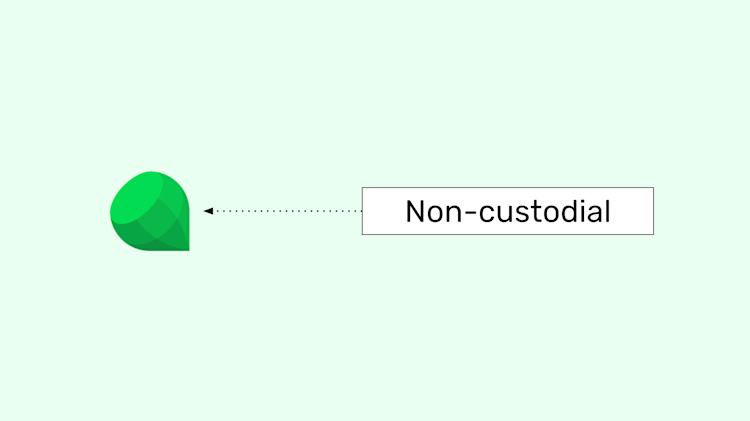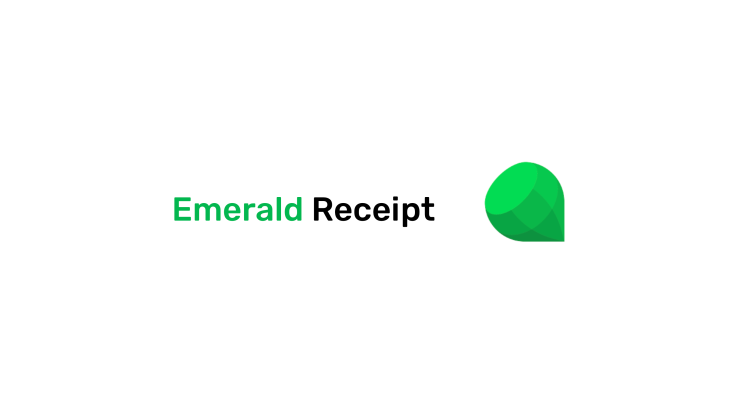Educational post: An explanation of the difference between custodial and non-custodial wallets.
You can watch this educational content here:
Before banking, people usually had their wealth under their control. For example, people held their gold, silver, or copper coins and paid for things using these means.
When you have possession and control of your money and wealth that format is called self custody.
Banking
With the advent of the banking system, our money and financial wealth is held in custody by the banks and they grant the owners access to their wealth through their branches, apps, or websites.

That banks have custody of the assets means that they become the owners of the money and wealth and they have a liability to users, this makes them centralized services.
Blockchains
On blockchains, the whole paradigm is shifted.
Because owners of wealth; in this case cryptocurrencies, stablecoins tokens, NFT's, and other crypto assets; may have it under their addresses inside blockchains, and they have possession of the private keys to control them, then they may have custody of their wealth.

The other benefit of having total control and possession is that owners are more free to use the financial services and dapps they want on the blockchain. They can also even use centralized providers such as banks and exchanges, but as long as they send back their crypto assets to their addresses on the blockchain, then they can still keep custody of their wealth.
Custodial Wallets
However, there are many services and providers in the blockchain industry that have flipped things back again and have become centralized.
This means that your crypto assets are held by them on the blockchain and they grant you access through their apps and websites. Examples of these services may be centralized exchanges (e.g. Coinbase, Binance), some payment apps (e.g. PayPal, CashApp), some pure crypo wallets (e.g. Blockchain.com) and even some banks and mutual fund companies that are now providing crypto services.

Custodial wallets and service providers have control and possession of wealth because they control the addresses with the crypto assets on the various blockchains and they keep the private keys.
On blockchains, whoever has the private keys has control and possession of the property inside them. This is why there is a very famous saying in the industry that goes "not your keys, not your coins"!
Non-custodial Wallets
Non-custodial wallets are apps where users keep their private keys and therefore control their addresses on the blockchain with their crypto assets. This means that users have total control and possession of their wealth, thus they have full custody.

Non-custodial wallets are more aligned with the spirit of decentralization that blockchains bring.
Many non-custodial wallets also provide connection to hardware wallets, so this gives a higher level of security and control to users.
With non-custodial wallets, users can also even use centralized providers such as banks and exchanges, but, as said before, as long as they send back their crypto assets to their addresses on the blockchain, then they can still keep full custody of their wealth.
Emerald Is a Non-custodial Wallet
Emerald in particular is a non-custodial wallet.
On Emerald, users can create and have full control of wallets and addresses on various blockchains using hardware wallets, 24 word secret phrases, private key JSON files, or raw private keys.

In all cases, Emerald never has access nor control of the private keys, only the owners.
This is in line with the idea of decentralization of the blockchain industry and is part of our core philosophy.
Through Emerald people may use various blockchain; make and receive payments; use centralized (as long as they send back their crypto assets to their addresses) or decentralized services or dapps; hold cryptocurrencies, stablecoins, NFT's, and other crypto assets; and interact with smart contracts.
Thank you for reading this educational post!
Please remember to download Emerald Wallet here: https://emerald.cash/download



